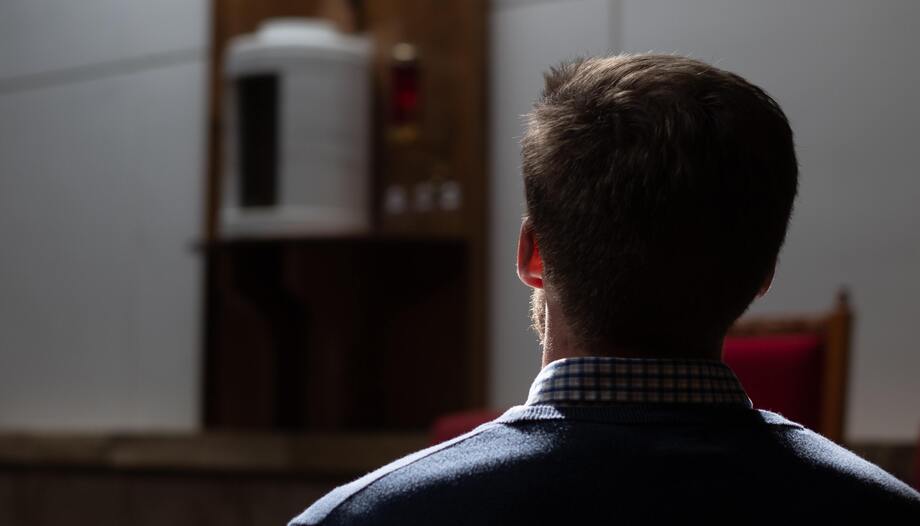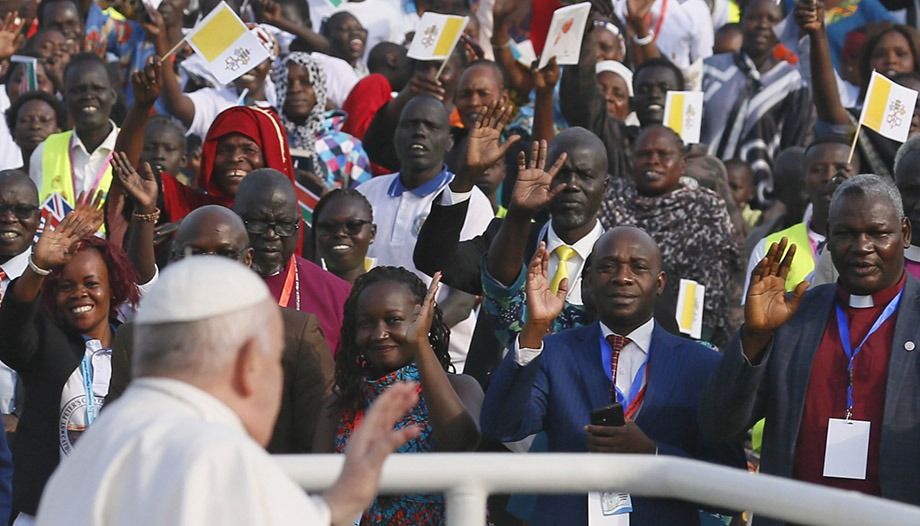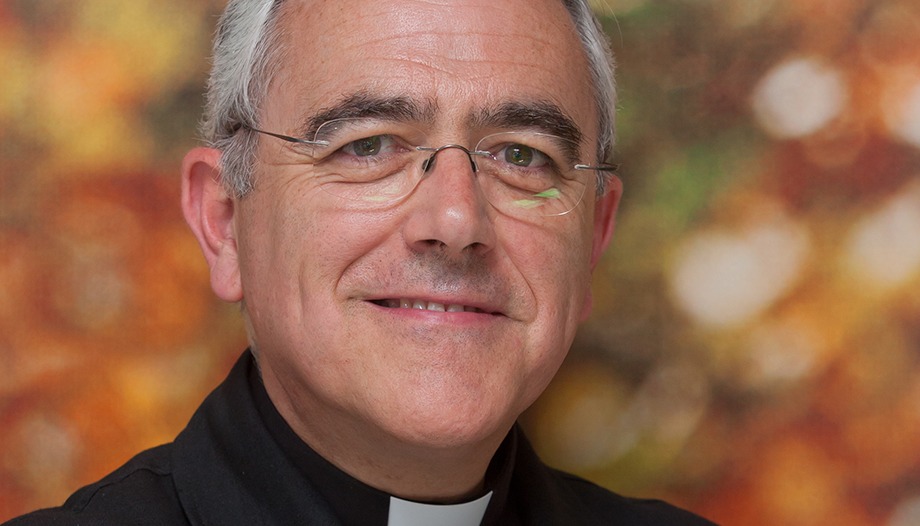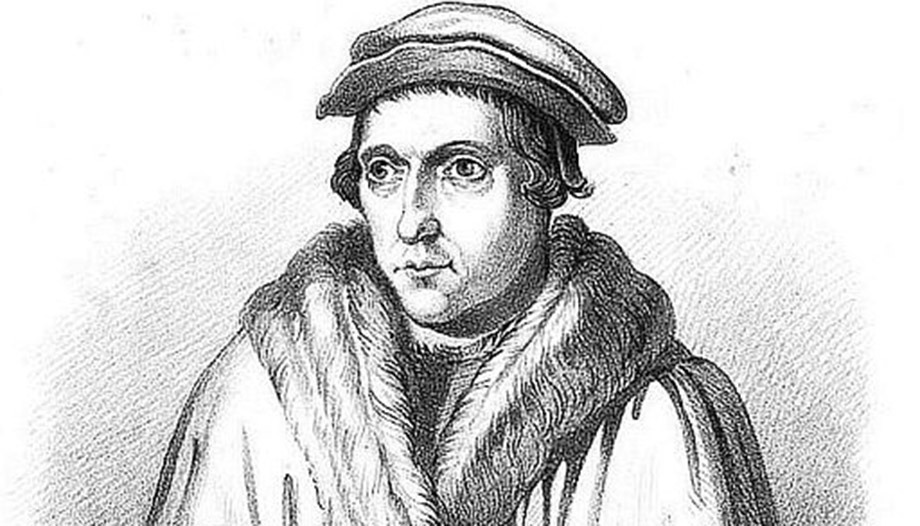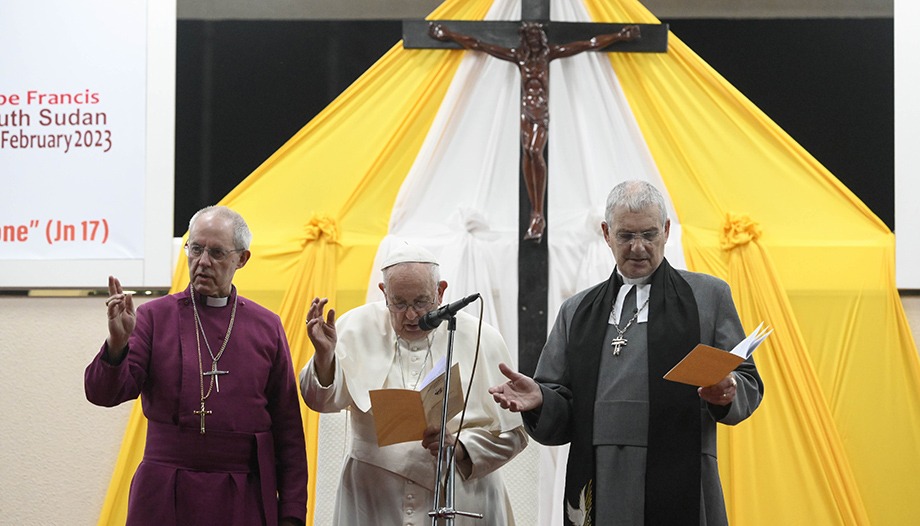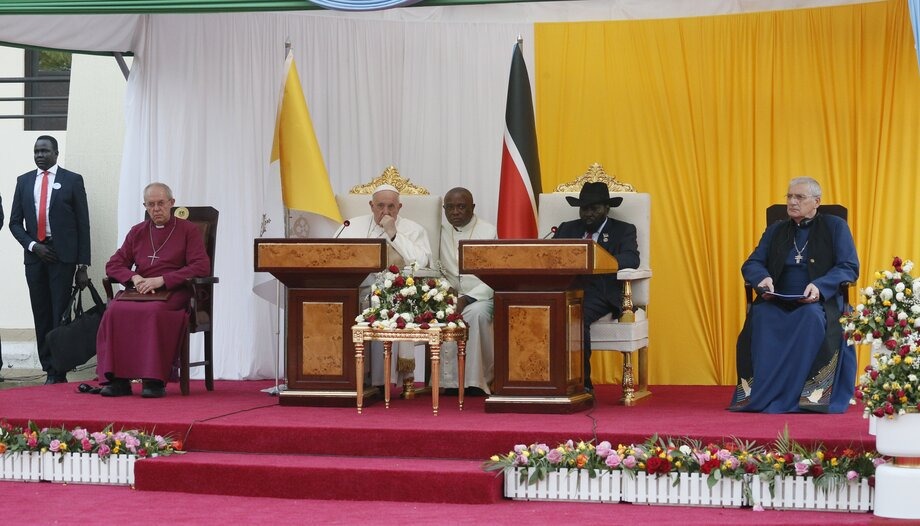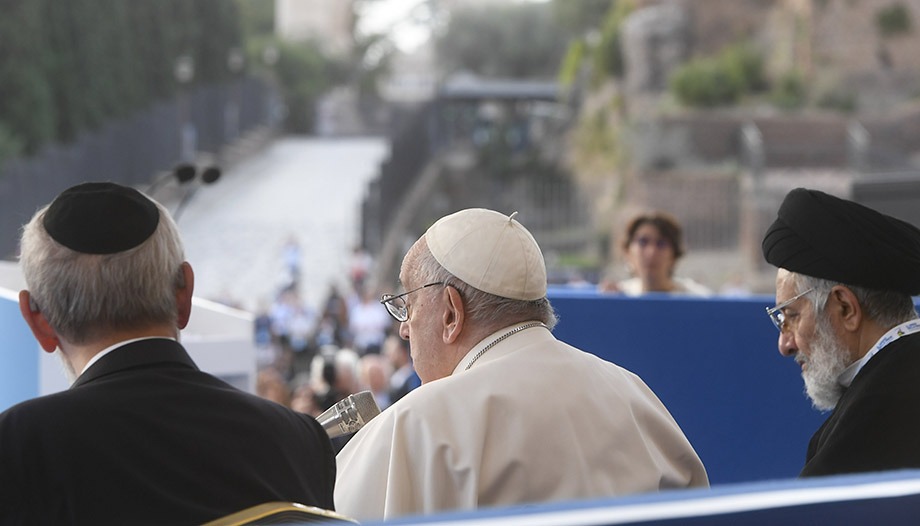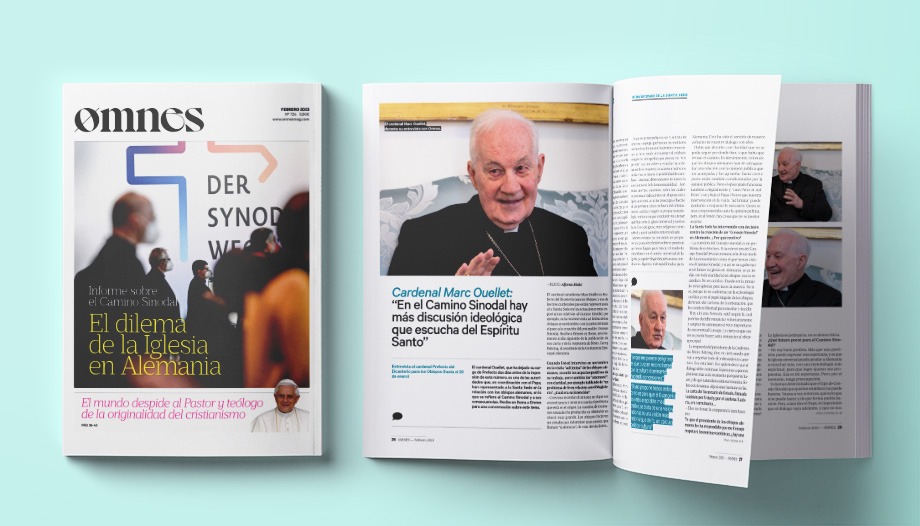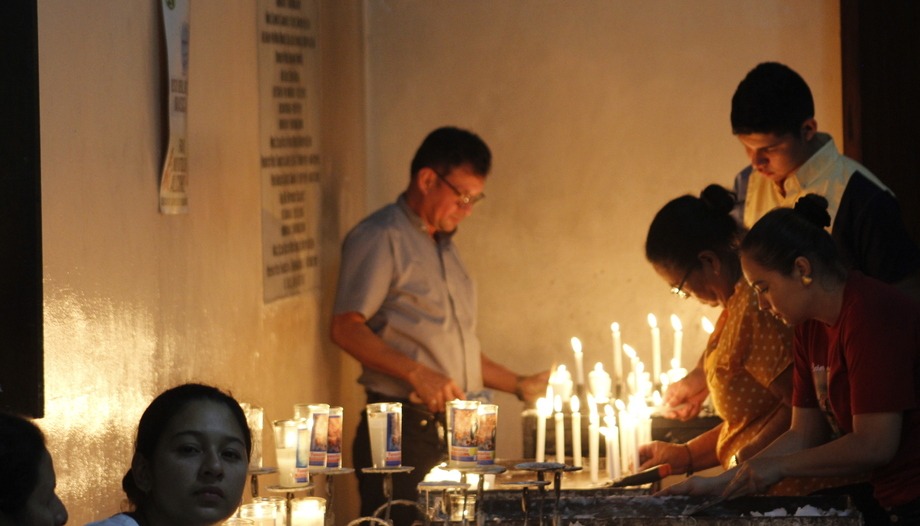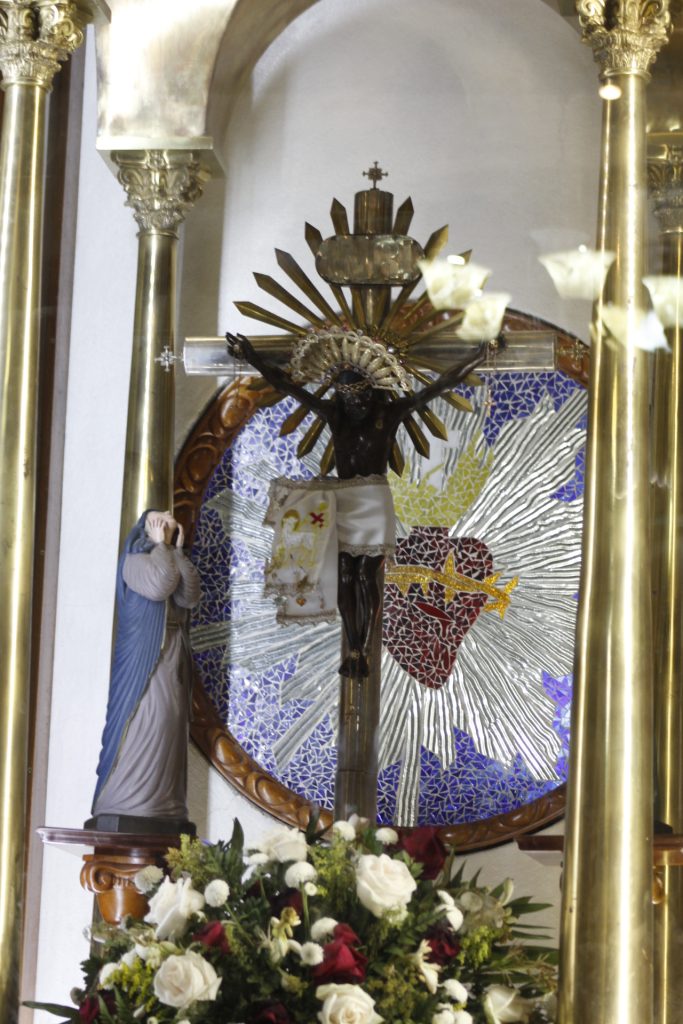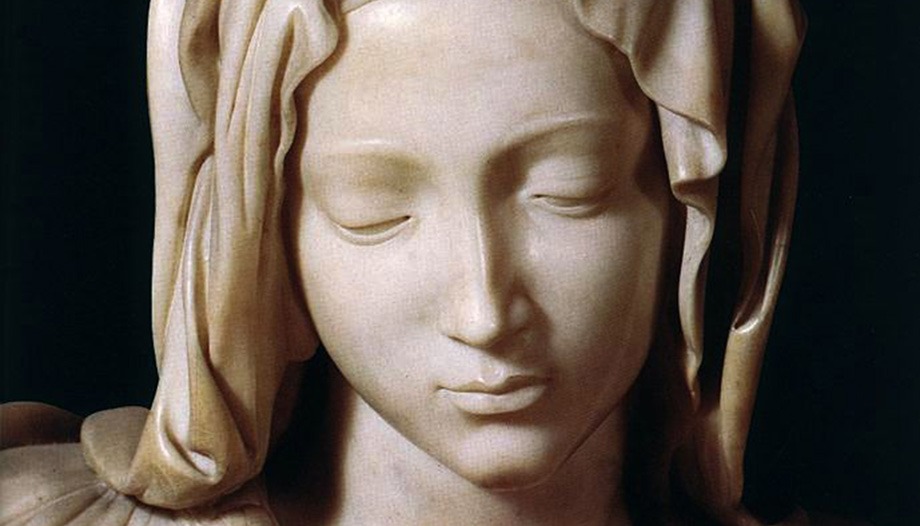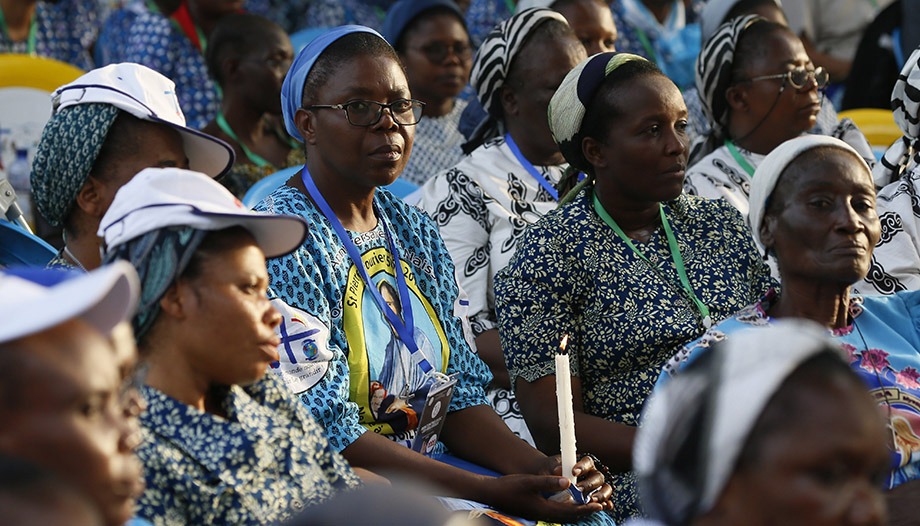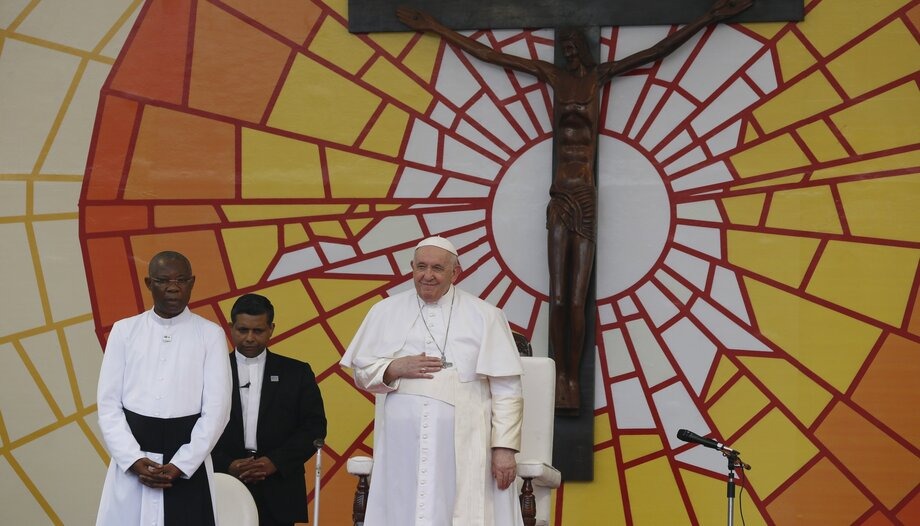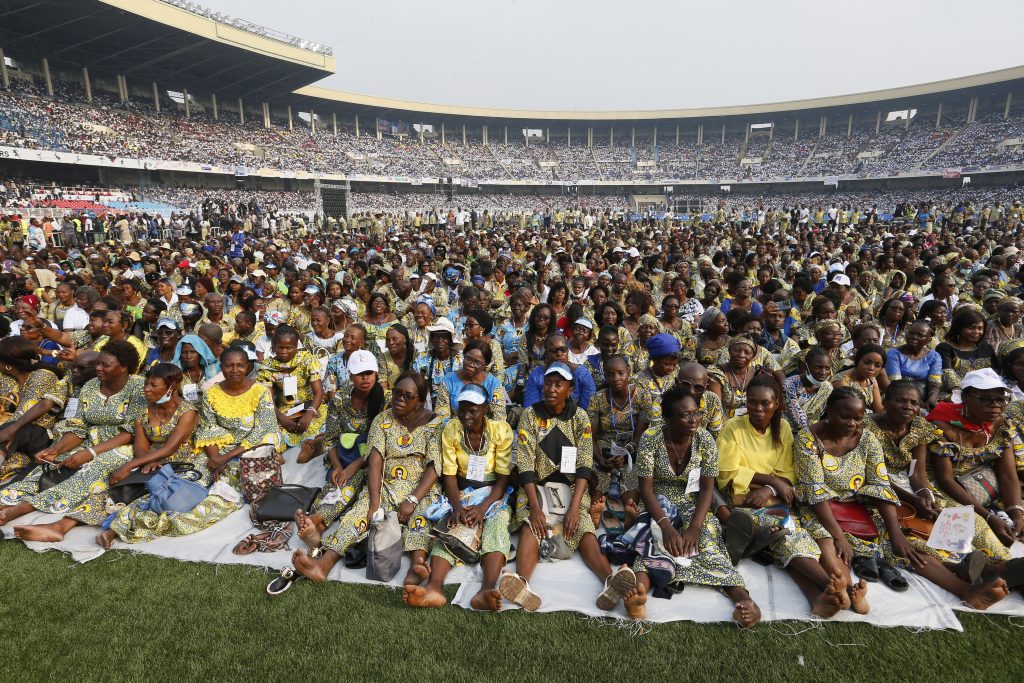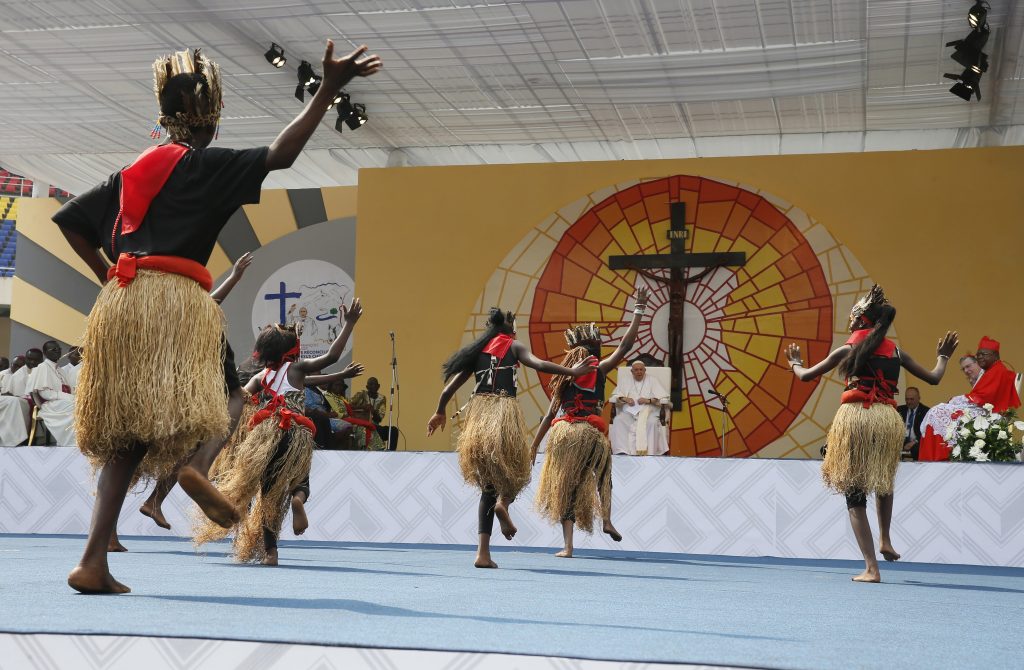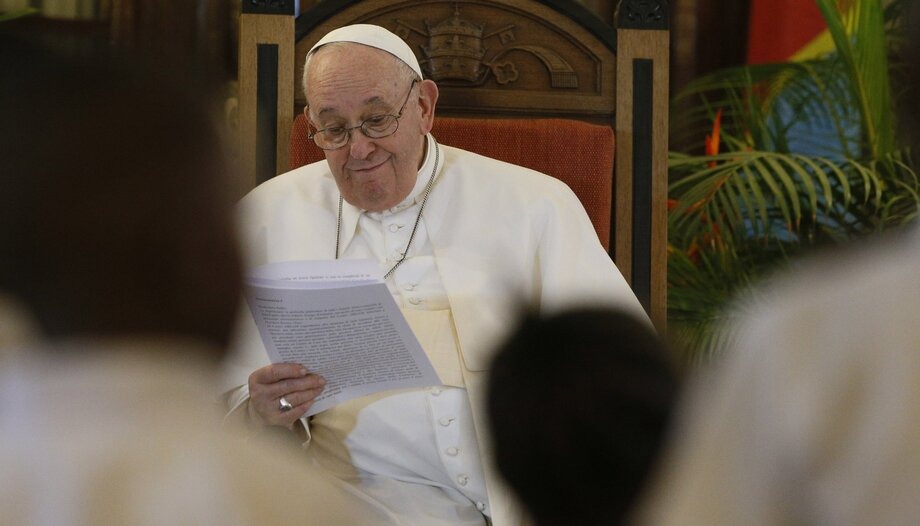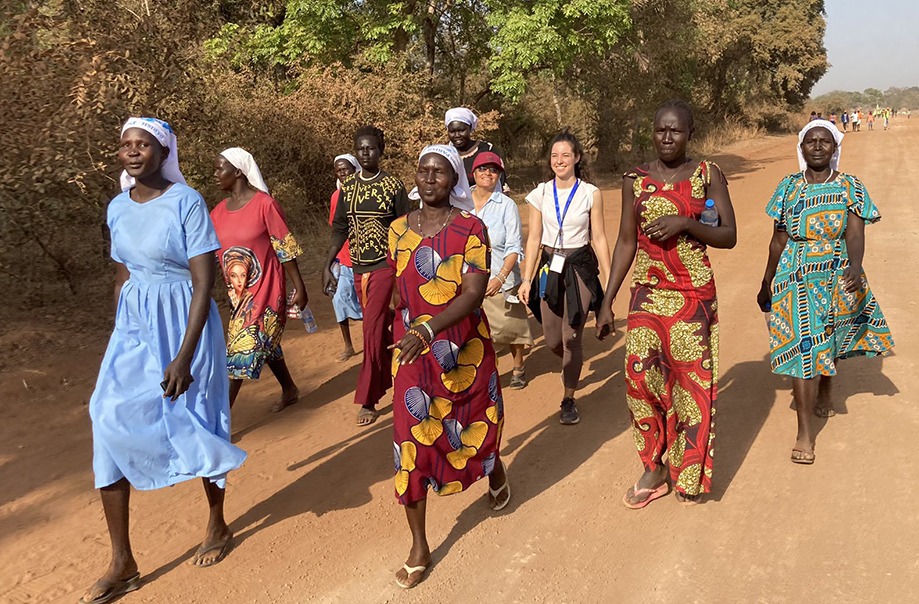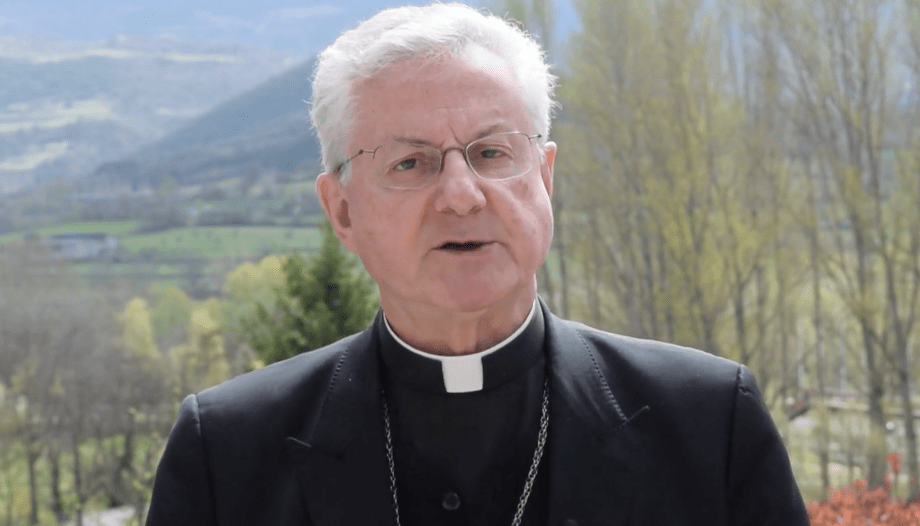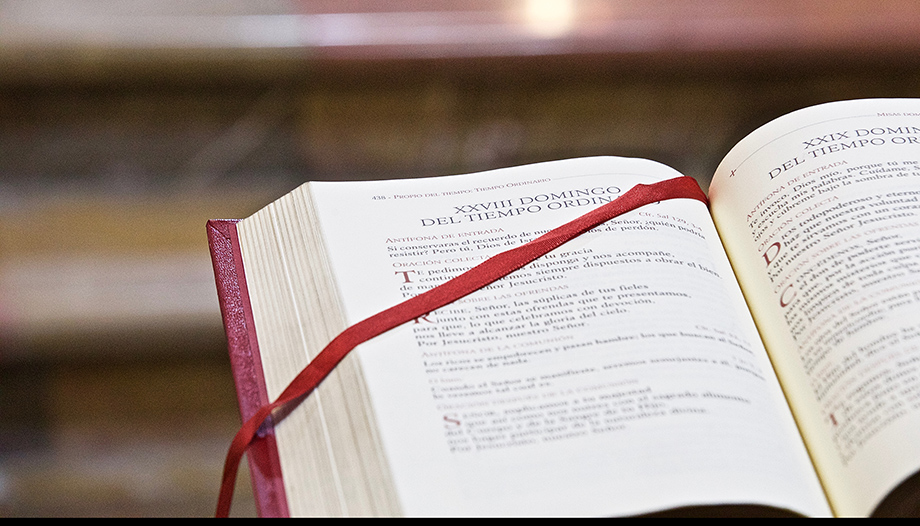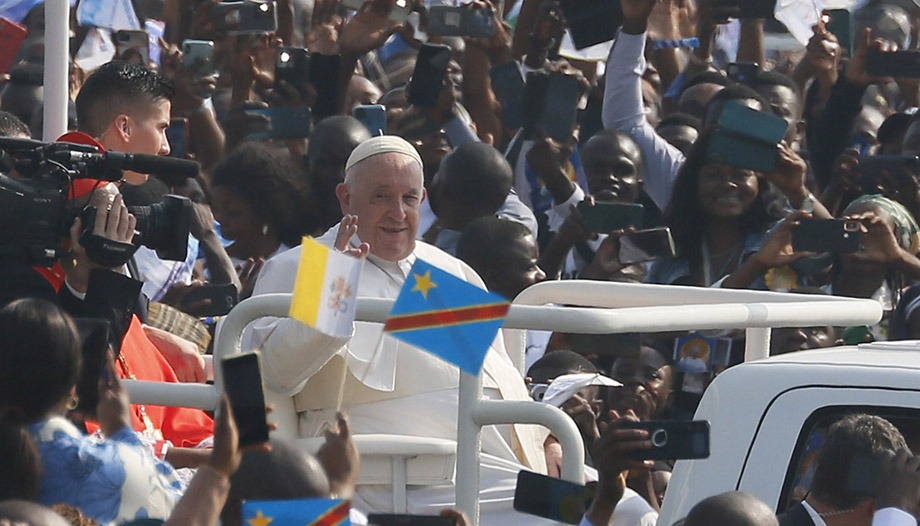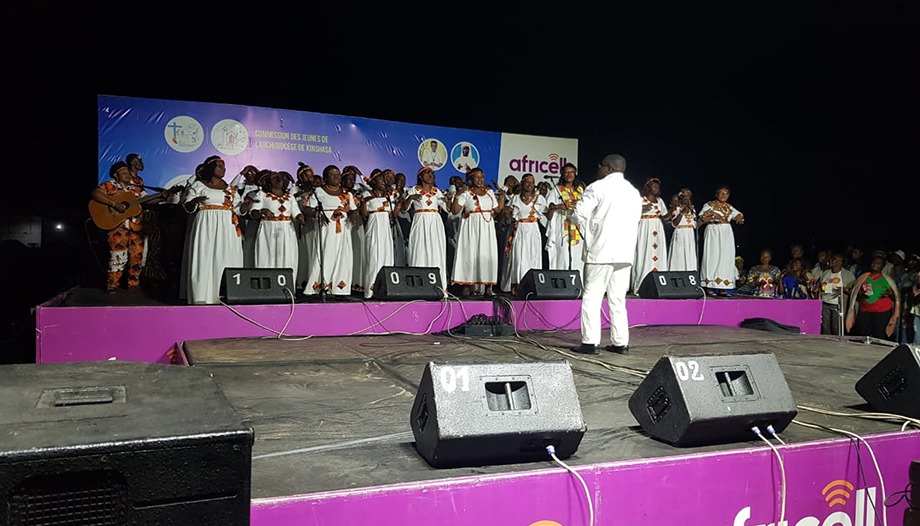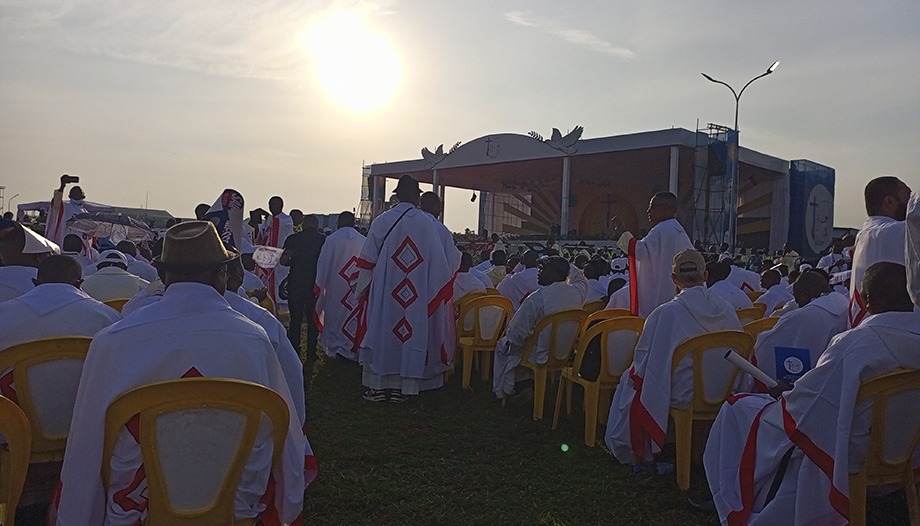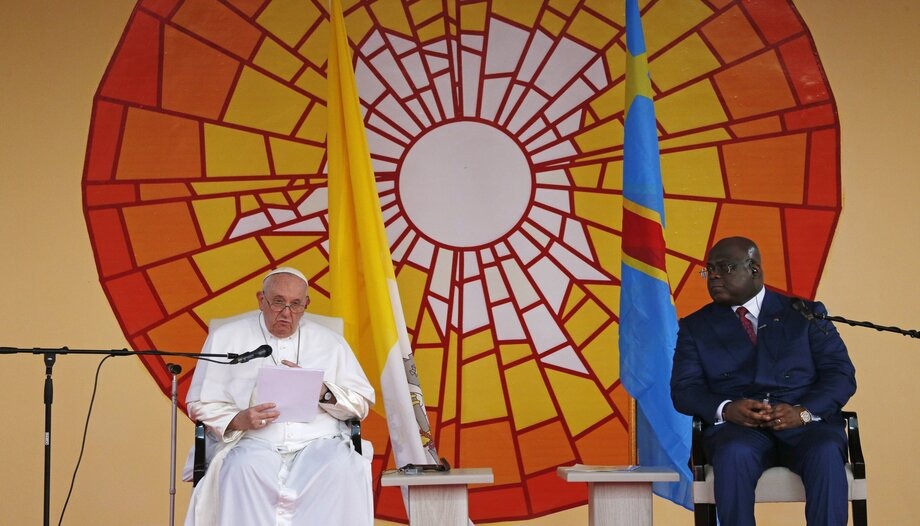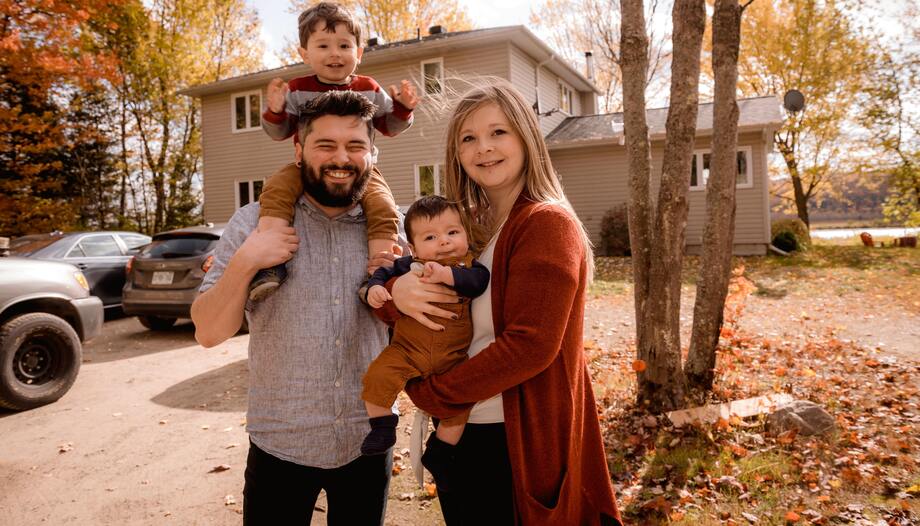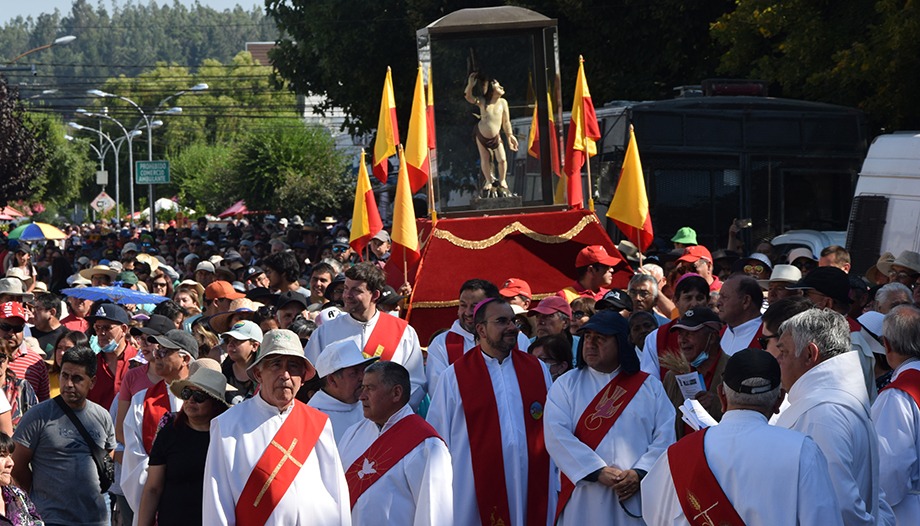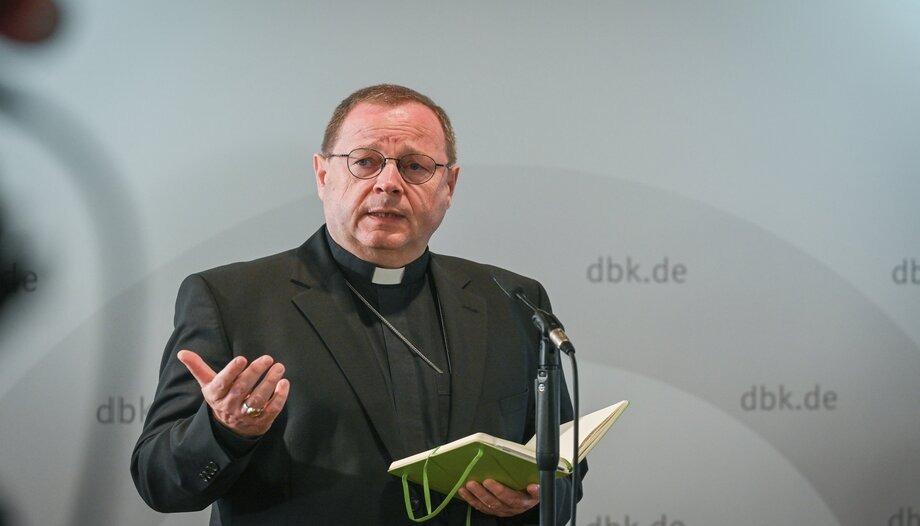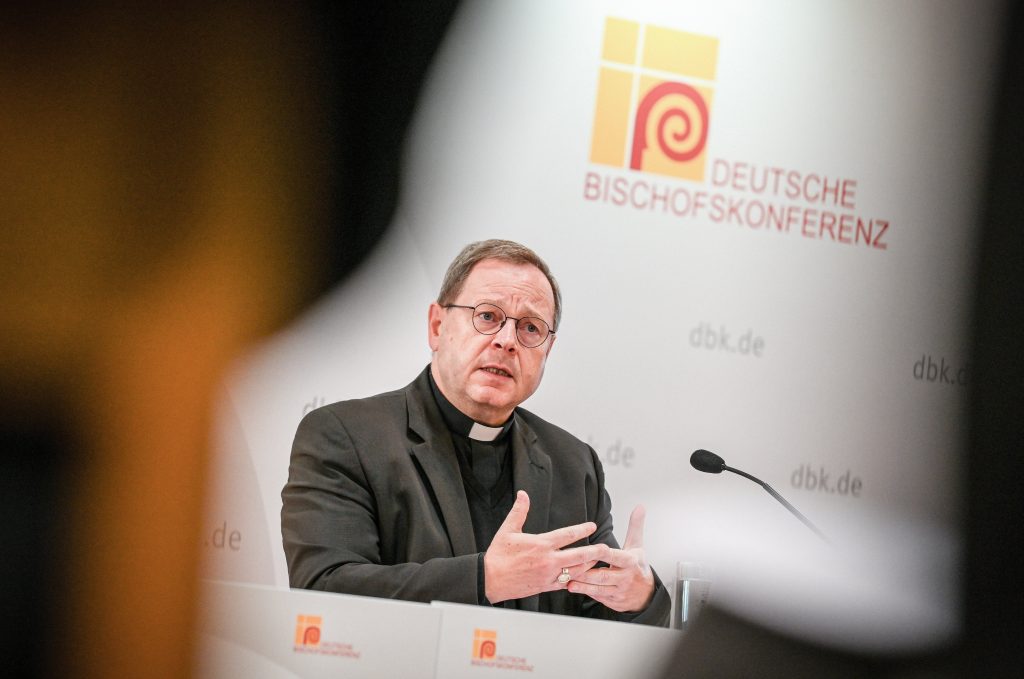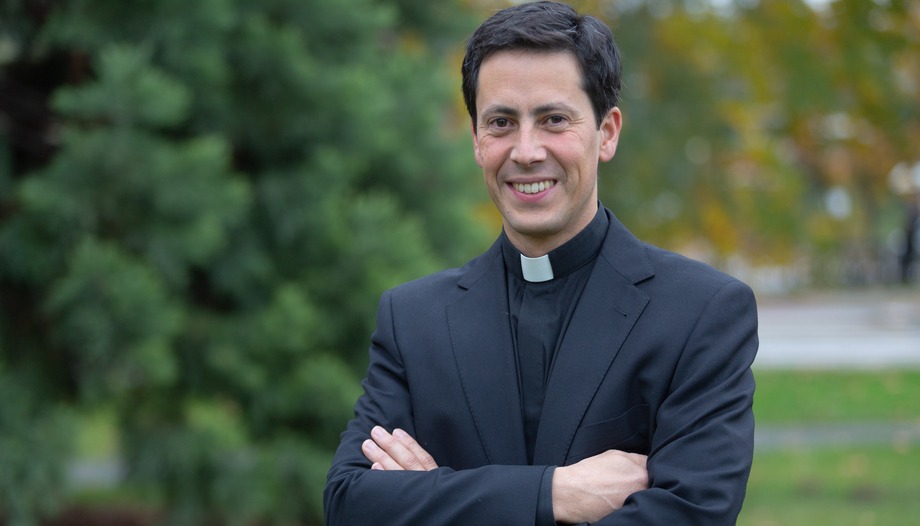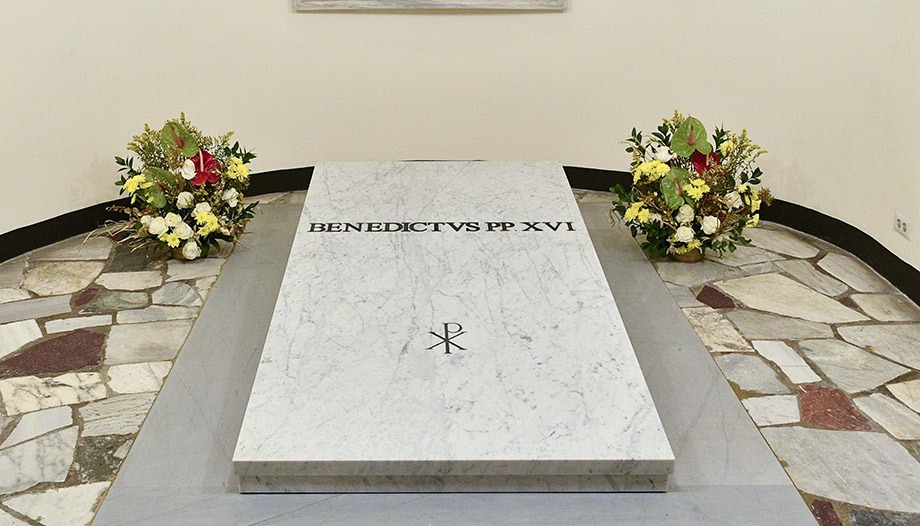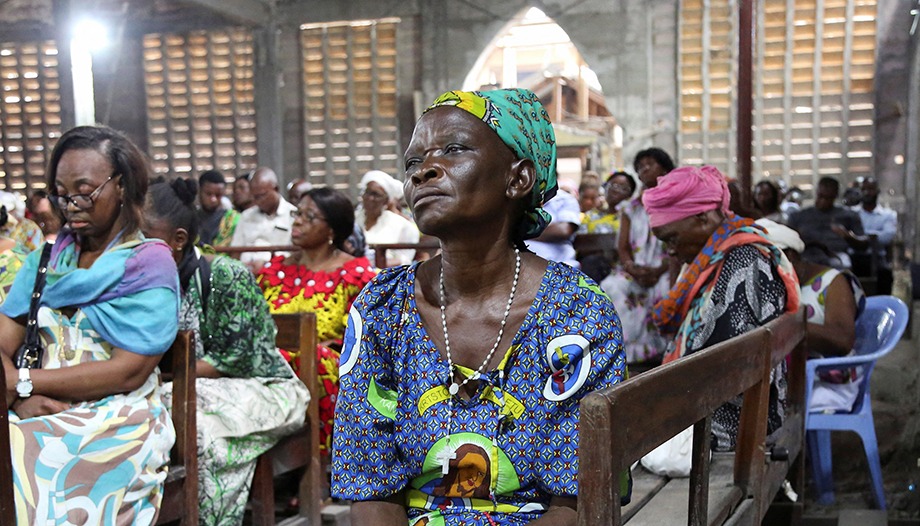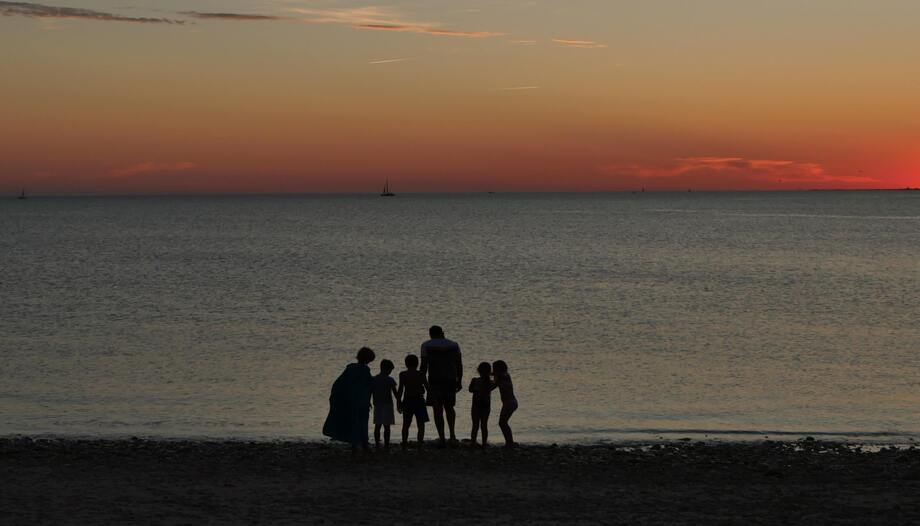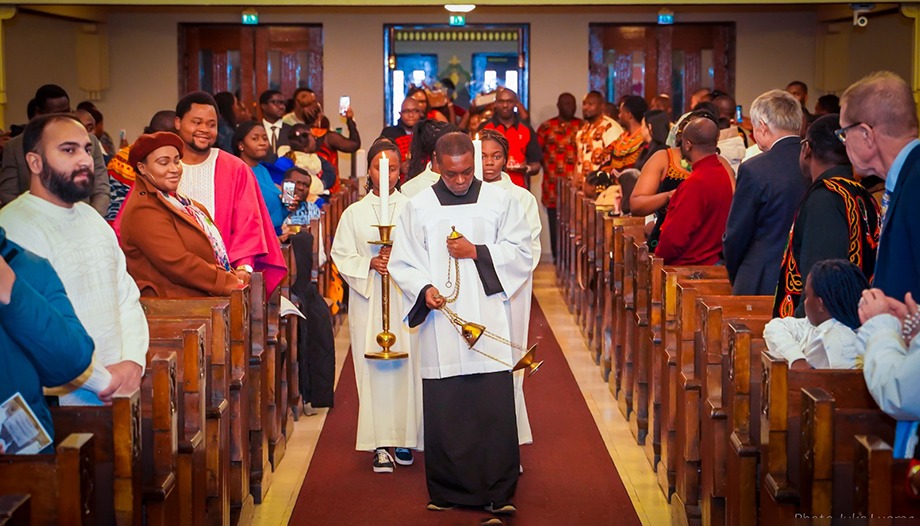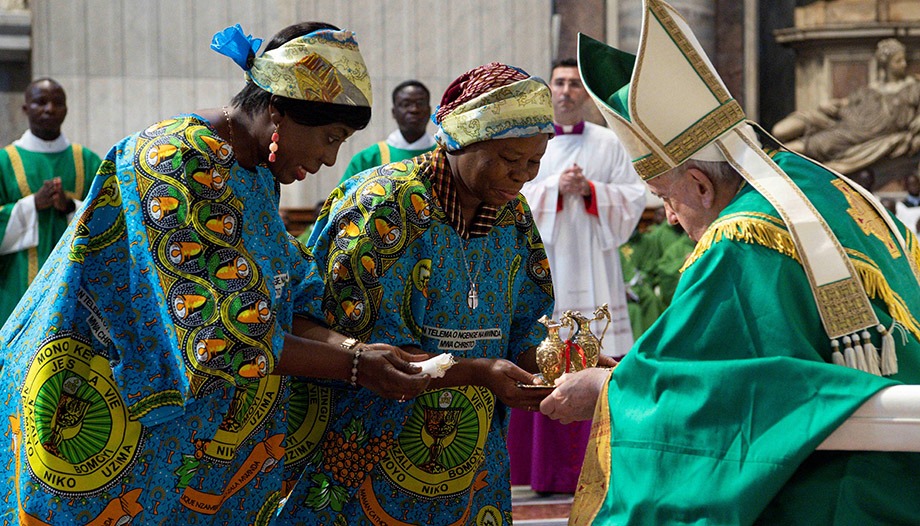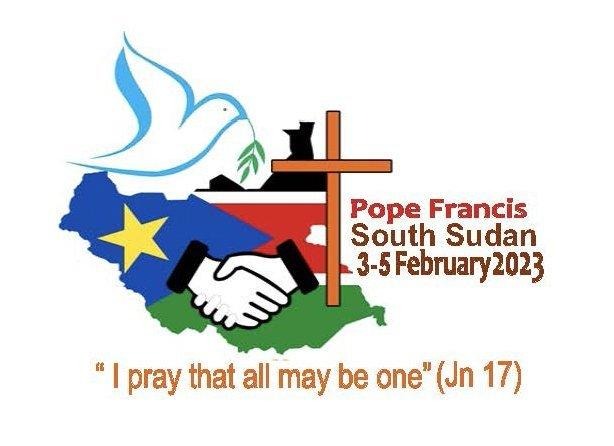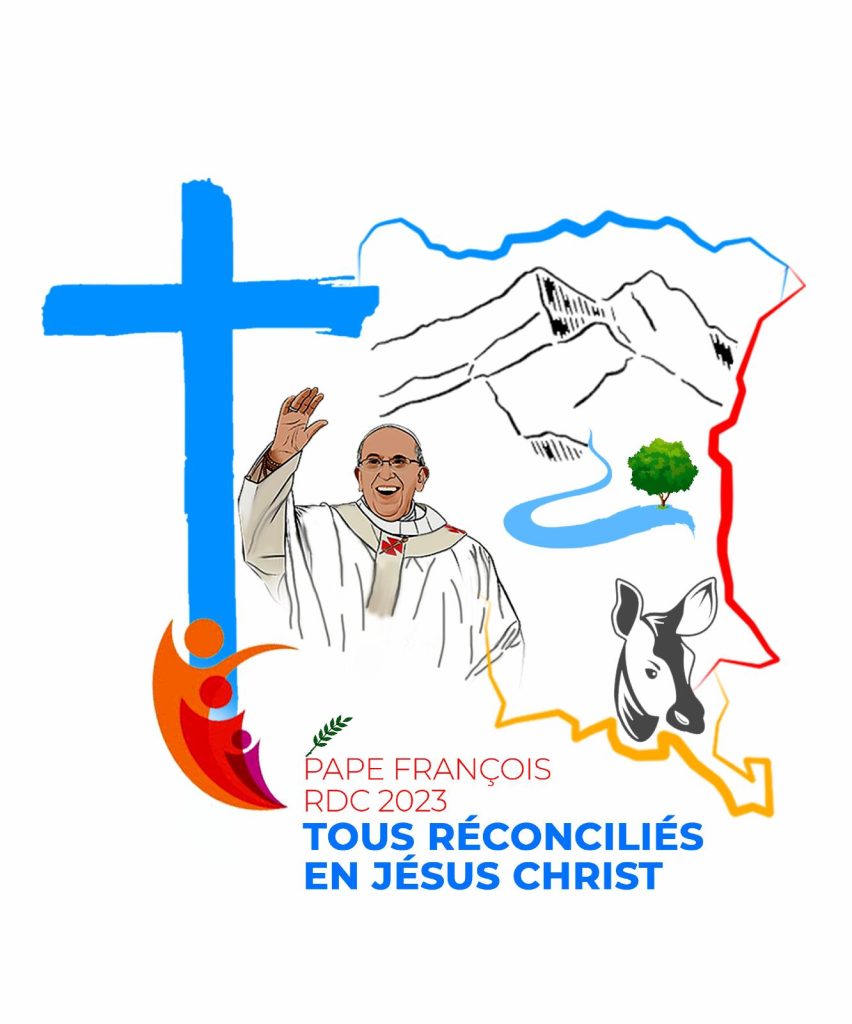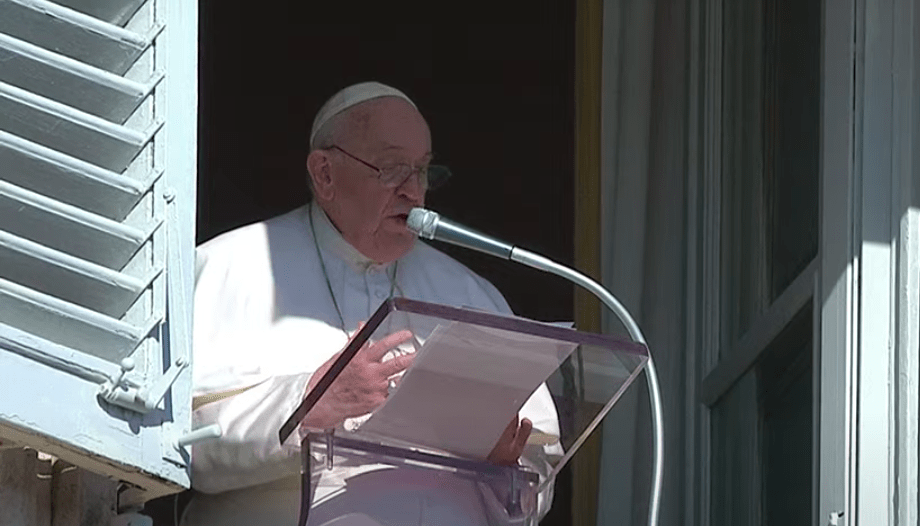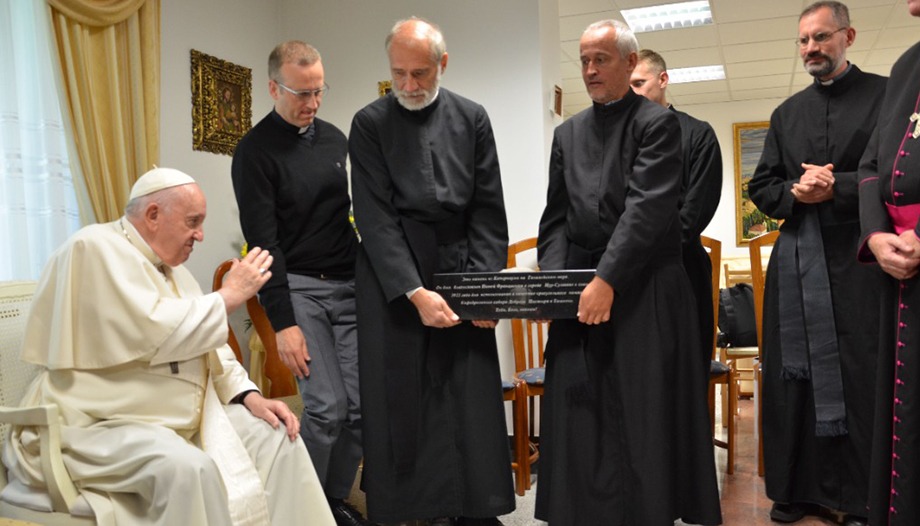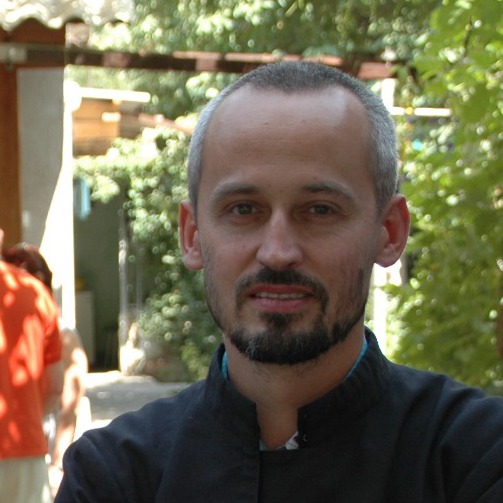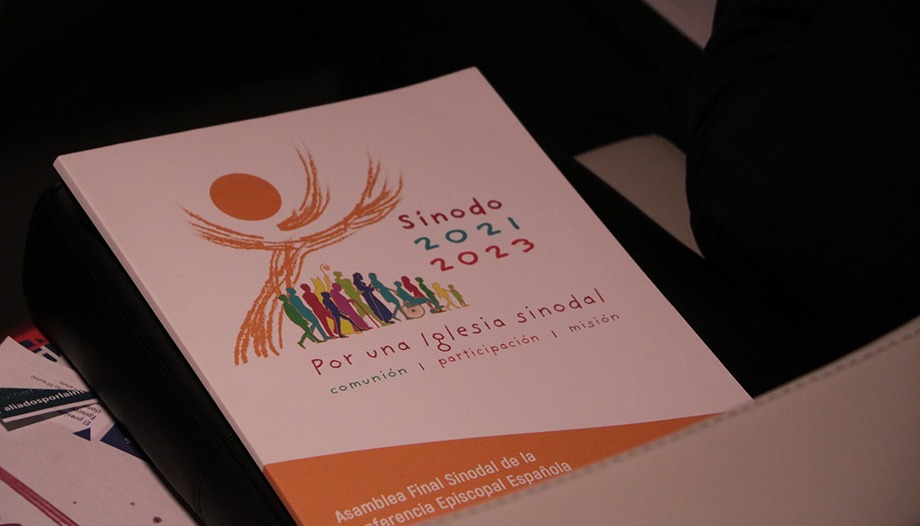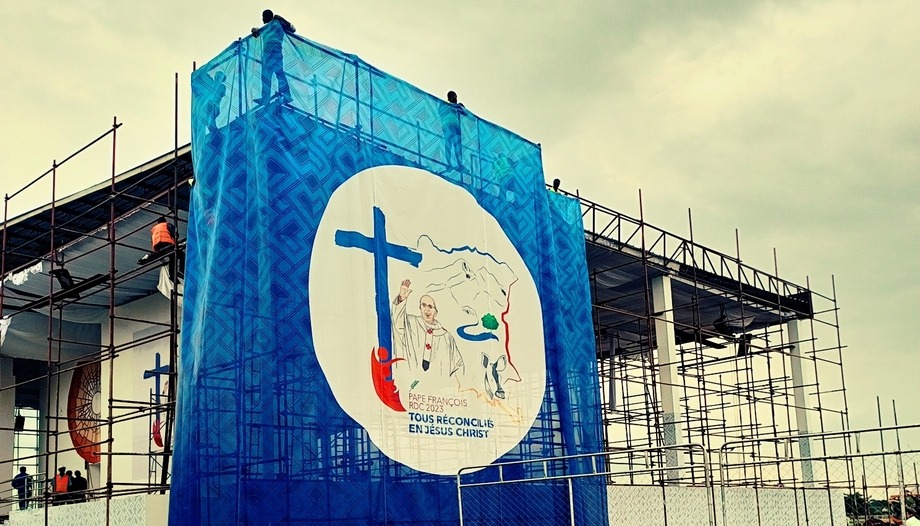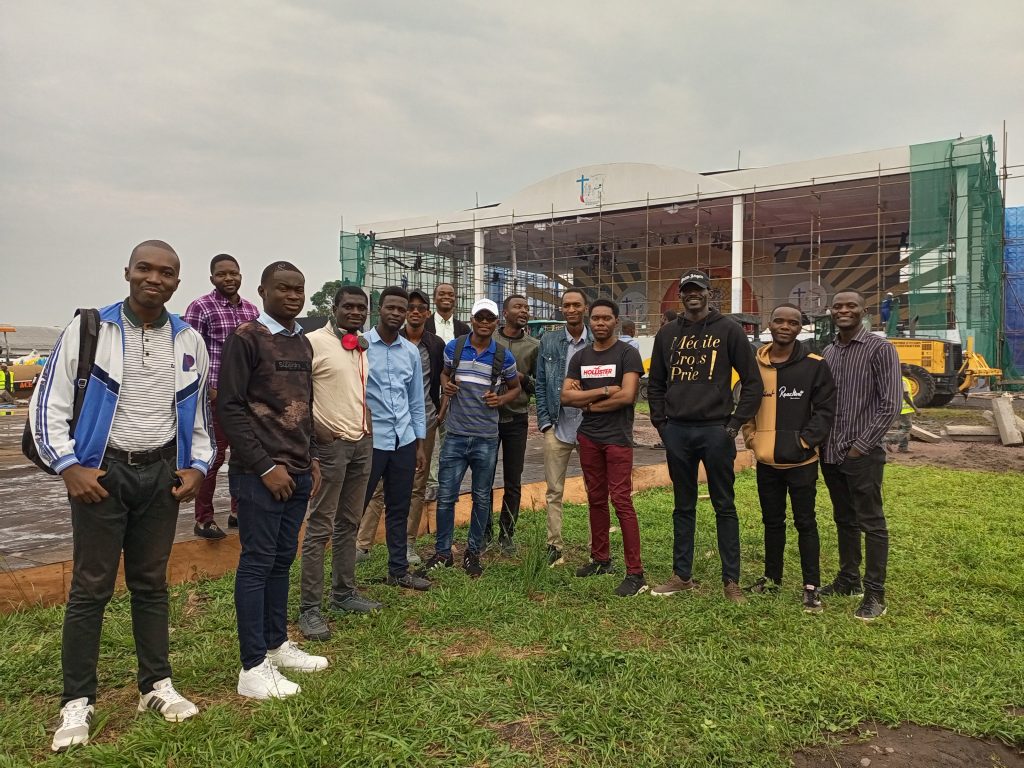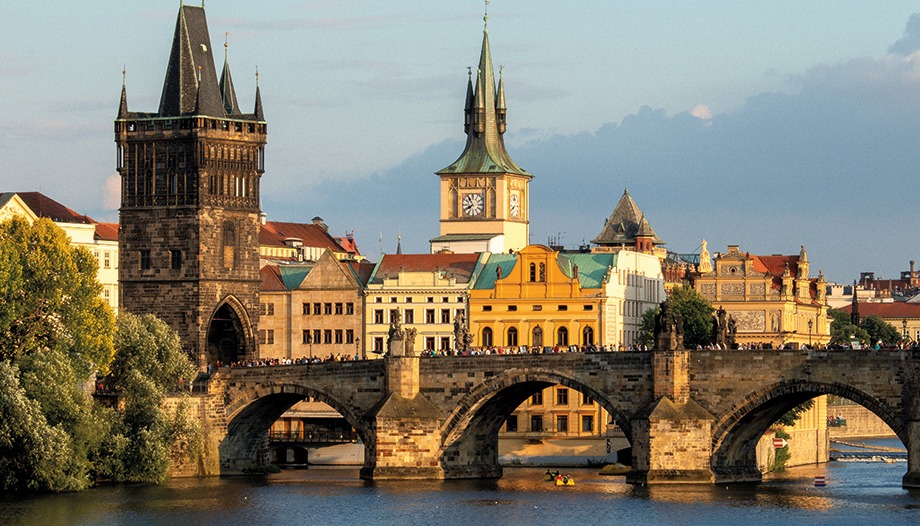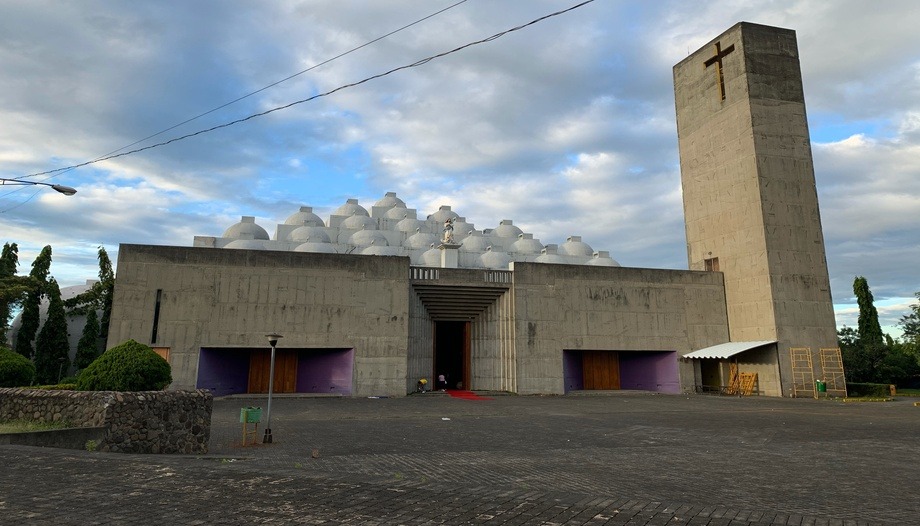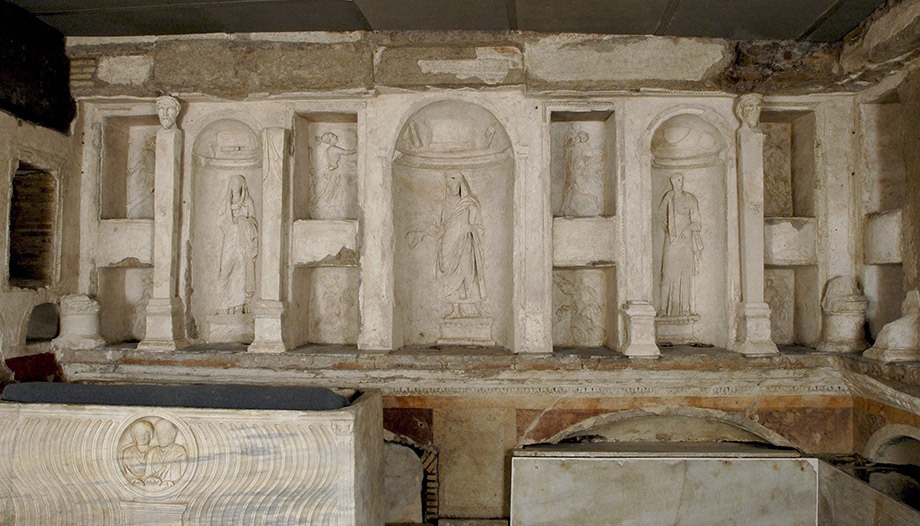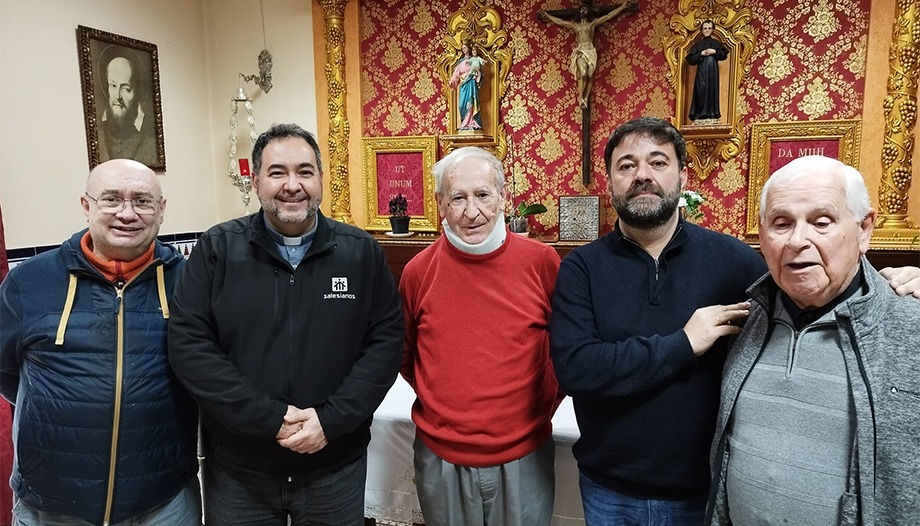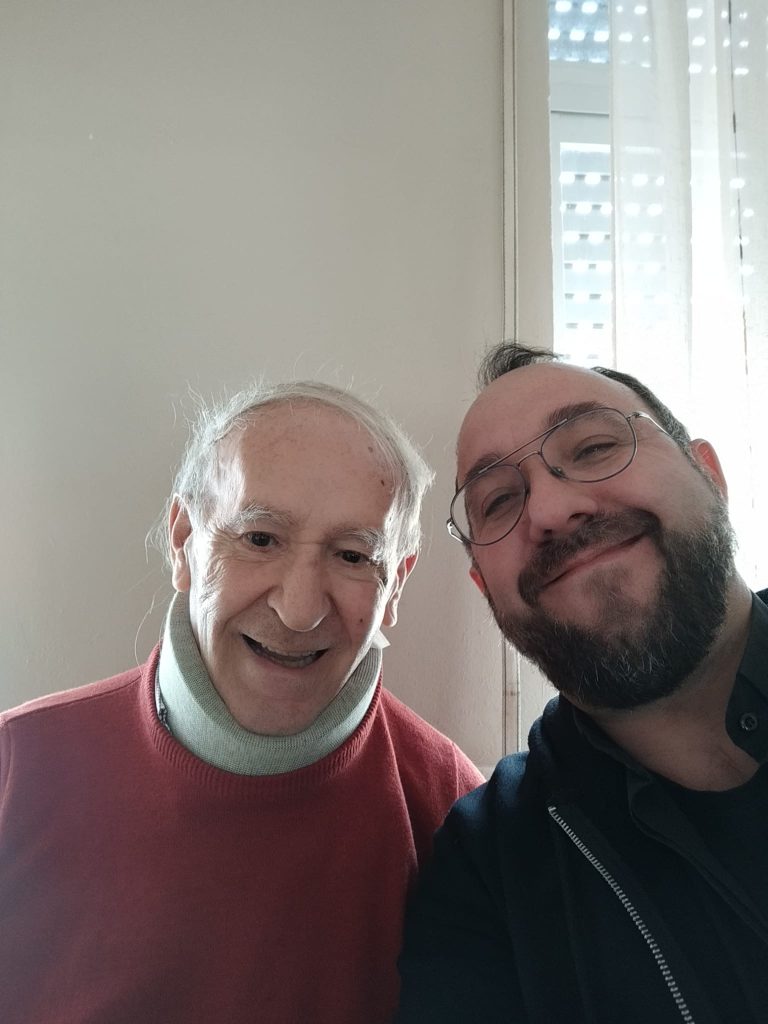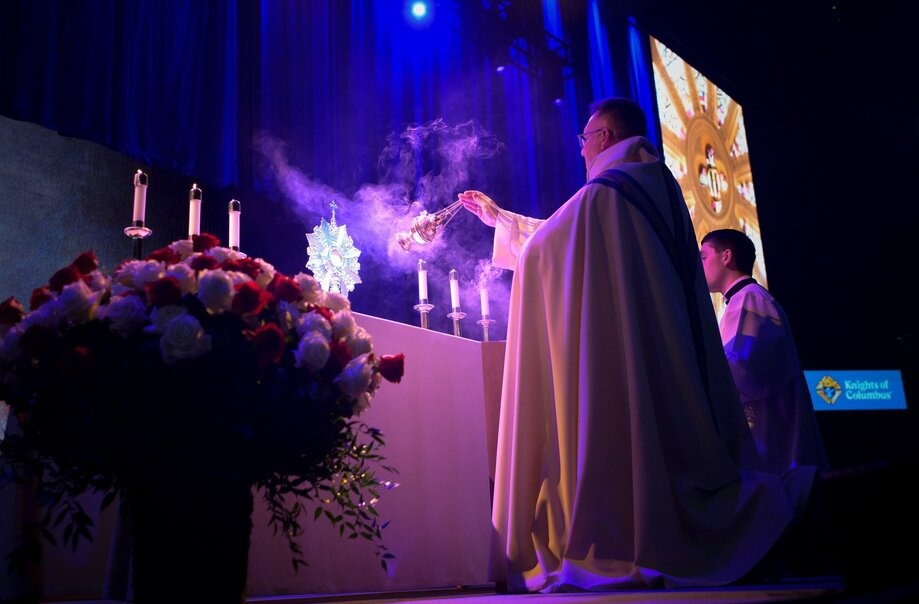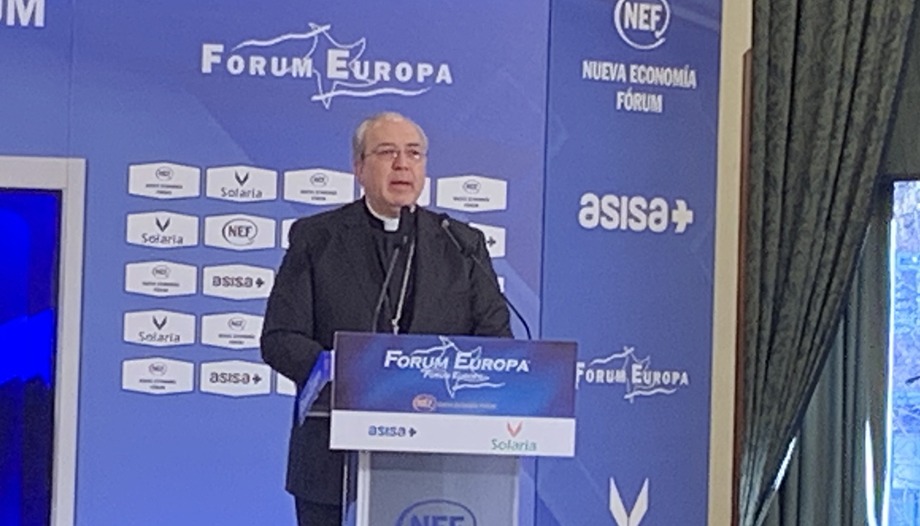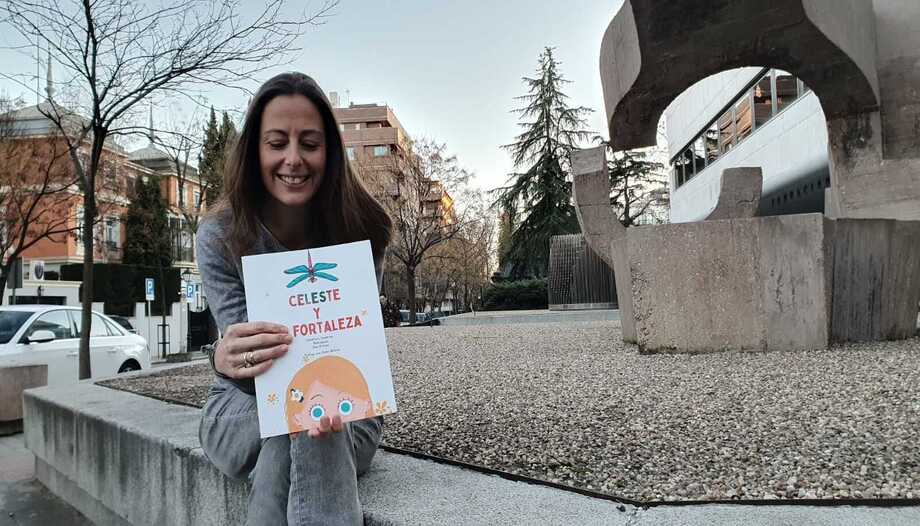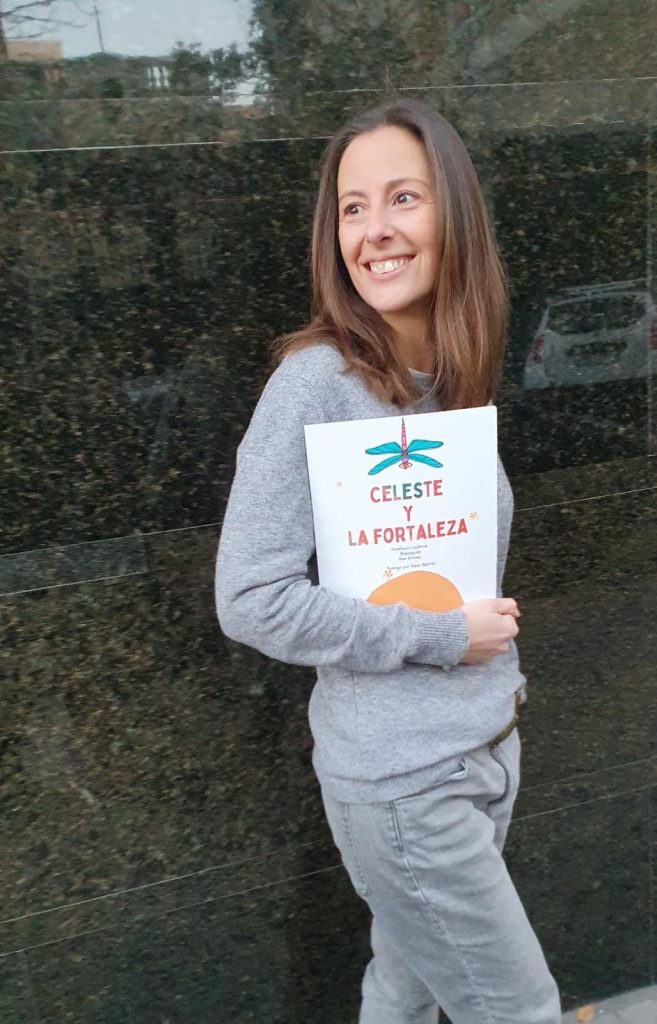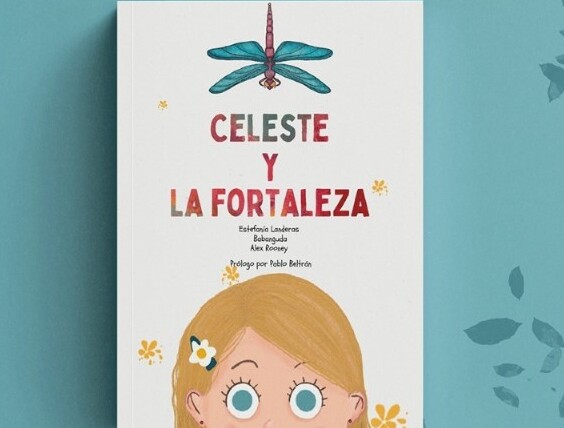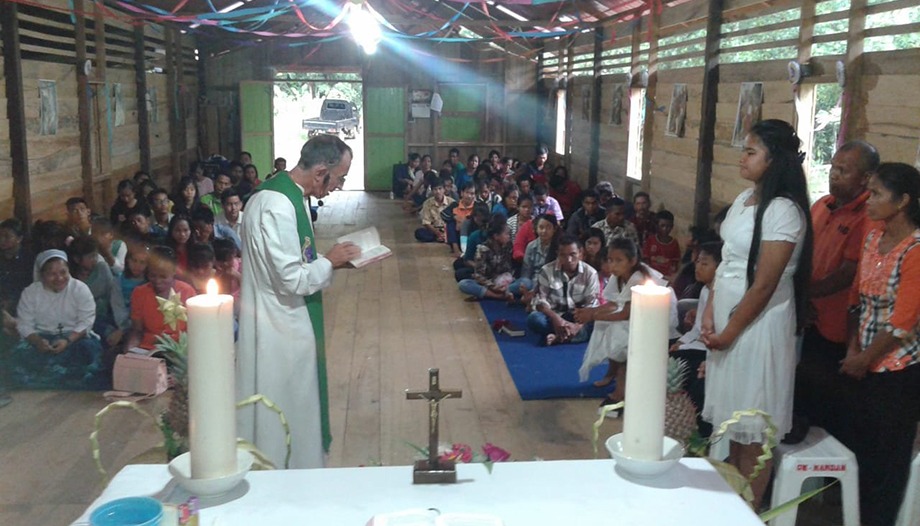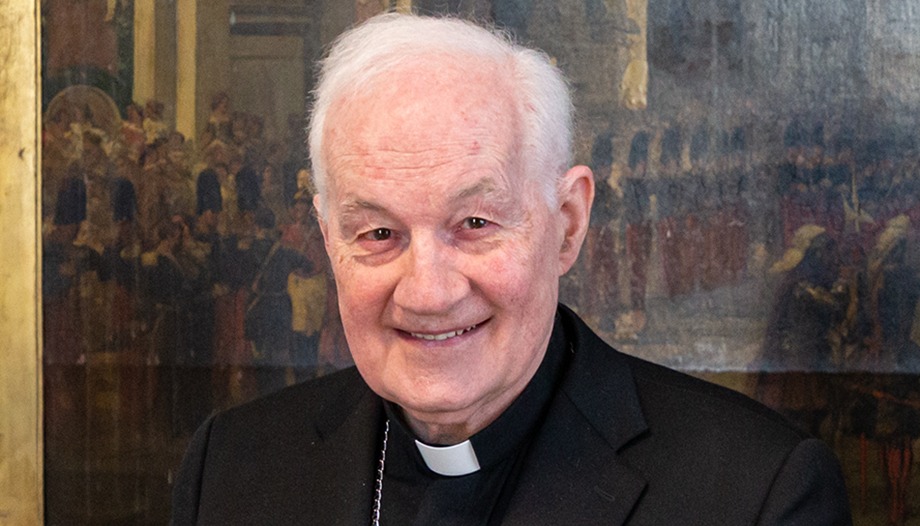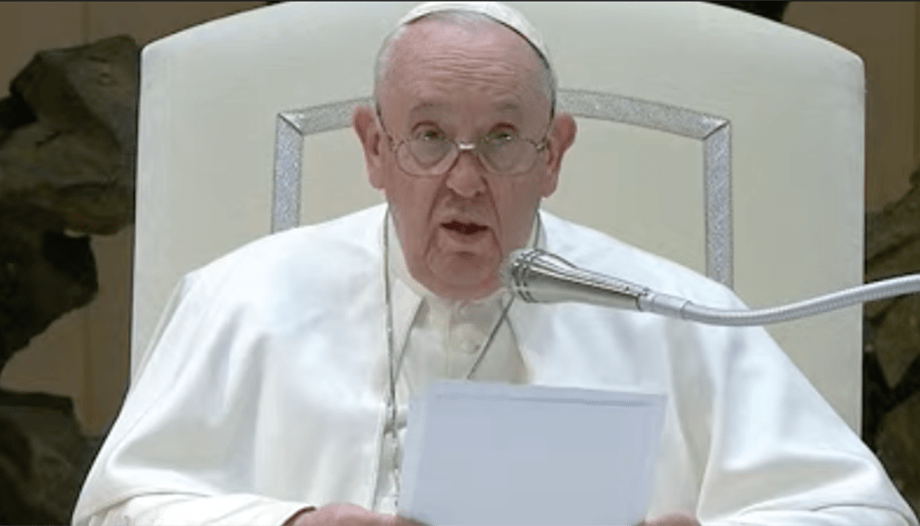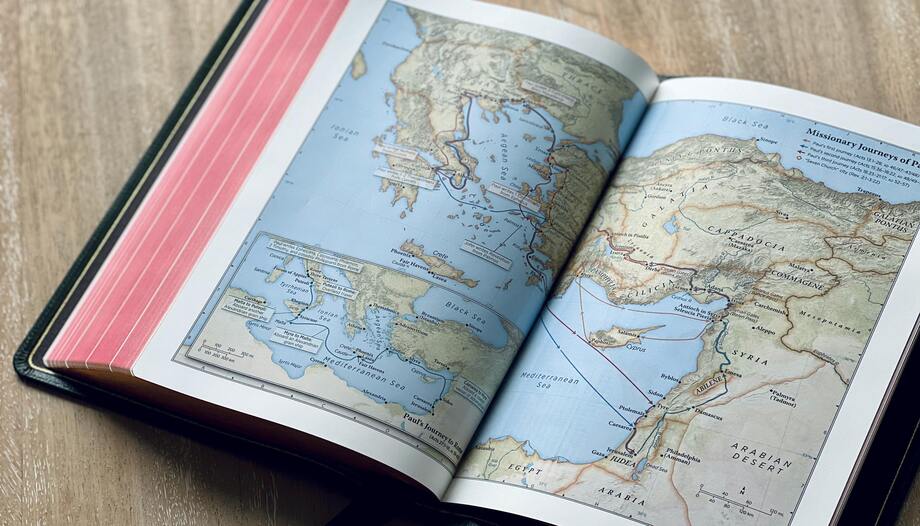 "All for you", the testimony of a young seminarian
"All for you", the testimony of a young seminarian Vocations: to God we pray...
Vocations: to God we pray... Theology for the laity: why and what for?
Theology for the laity: why and what for?Not all consecrated persons live in a convent or monastery. There are those who, being completely dedicated to God, live their vocation in the midst of the world. They are consecrated laity.
Fernando Lorenzo Rego is one of these people. He belongs to the Regnum Christi and in an interview with Omnes explains the meaning of consecrated life, the vocation of the laity and the charism of the Kingdom of Christ.
What is the meaning of consecrated life?
-For the sake of brevity, I could say that it is to make Jesus' way of life accessible to every Christian.
Jesus has become incarnate to reveal man to man, in the words of Saint John Paul II. Consecrated life has no other meaning than to reproduce one or more aspects of the life of Jesus in the present time so that it can be actualized and understood by the Christian of today, in the midst of his daily life, and can reach heaven.
Can this vocation be lived in today's world? Is it logical that it exists?
-There have always been challenges for Christian life and there will always be challenges for consecrated life. The present times are no different. On the contrary, it presents added difficulties in a society that is individualistic, agnostic and far removed from a transcendent vision - at least in the West.
In spite of this, there are traces today that show a deep concern for human beings. How else can we understand the great phenomenon of the growth of volunteerism, or of non-governmental organizations that care for those who nobody cared for a few years ago? Is it not speaking of a desire to give oneself for others, of an eagerness to fill the space that material things cannot fill?
Precisely, this emptiness manifests itself as the thirst of one lost in the desert in his anguished longing for an oasis. That oasis, together with other ecclesial realities, is offered by consecrated life.
Jesus says: "It is not the healthy who need a doctor, but the sick". Today's world is very sick, "the Church is a field hospital", as Jesus likes to say, "the Church is a field hospital". Pope Francis. In this hospital, for these sick people, accepting their own limitations, consecrated life offers a way to Jesus, our Savior, so that this wounded human being may find a full meaning to his or her life.
How does one live, in the most practical aspect, the complete surrender to God while being in middle of the world?
-Having a clear reason for living, putting before us the purpose of our life: Jesus Christ. Knowing how to take what helps us for it and leaving aside what hinders us.
I like visual comparisons..., it's like if someone needs to cook a paella. He goes to a supermarket that offers him a multitude of very attractive products. What does he do? He has his ideal in mind. He contemplates the delicacies on offer, which he even puts in his hand to try; but he only chooses what will help him to prepare a succulent paella.
The consecrated person does not demonize anything. He lets go of what is not for him. Many realities are good; others are not so good and some are bad for everyone. But he takes reality "insofar as" it helps him to fulfill his ideal. It is living the principle and foundation that St. Ignatius of Loyola promotes so much.
Thus, the lifestyle, the time he devotes to many good and holy activities, he devotes if necessary. I am thinking, for example, of the time he gives to union with God, to the relationship with his companions in community, to the attention to the people to whom he directs his mission, to study or work, to human relationships, to entertainment, to rest, to sports, to cultural cultivation, to the care of his own home, etc.
The ordinary essential activities as a human being - body and spirit, including the affections - together with the constant and untiring dedication for his concrete mission: the attention to others wherever he is dedicated and the mission assigns him. This can be teaching -at different levels-, spiritual guidance and accompaniment from children and adolescents to adult life, research, the most varied professional practice, manual work, parish life or the most varied ecclesial organizations, in volunteer work, in political life, in the world of health, in the field of workers, in the business world, in communication... An endless number of realities are prone to land and concretize the mission.
The essential thing is to seek God daily so as to know how to raise him up for others where and how they need him, without losing oneself along the way. Because the obstacles are numerous; but the love of God and his grace are always there to support the work.
What does it mean to live facing God?
-I have already made some progress. It supposes "structuring" one's own life where the relationship with God and his will not only occupies the main place, but the only one. This must be very clear in a consecrated life. One lives absolutely facing Him. One does not give Him only the best moments, but all of them. Although this involves many very different facets.
For example, a life of union with Him is essential. But it is also essential to have moments of balanced recreation, "mens sana in corpore sano", for human relationships. All of this should always be in view of the mission that Jesus wants for each one of us and in line with the charism of the institution.
Surrender to the people to whom our mission is directed is nothing other than surrender to God. A God discovered in each person in need.
How can you be clear about your vocation when everything seems so relative?
-It is true, in the world, people live a deep relativism of ideas, behaviors, attitudes. But this happens when there is no clear ideal, or when one's life is based on something unstable, perishable.
However, when you affirm your life on the rock (cfr. Mt 7. 24) you will have difficulties that come from within, from the struggles against evil, from the contemplation of many who are lost for lack of Christ; but your ideal sustains you, drives you, renews you, launches you every day to achieve these goals. Not yours, but those of Christ.
Moreover, something contrary to what was expected happens. That firmness, that life established on rock can be transformed into a lighthouse for many who are about to capsize in that impetuous sea of relativism. Not because one is the source of light, but because it reflects the light that God sends to each person. Let us not forget, God does not remain with his arms folded - if we can express ourselves in this way - in the face of the advance of evil. That is why he raises up many new ways in our time to broaden the channels of grace. And within these ways, he calls many to follow him on the path of total surrender to him.
How is your vocation as a consecrated person in the Kingdom of Christ? What makes you different from monks and friars?
-Curious question; I couldn't miss it.
Outwardly, nothing apparently changes: neither in activities, nor in the way you present yourself, nor in your work or professional demands... You are "just one of the people", as we like to say. But for God you are different: completely dedicated to Him, enthusiastic and in love with God. This translates into the day-to-day life of a community, directed and accompanied by a director.
The life of prayer occupies a preeminent place. An average of three hours a day to be with Him (Eucharistic celebration, personal and community prayer, spiritual reading) and His Blessed Mother (praying the rosary, praying at her side...). It is a time for petition, thanksgiving, praise and adoration.
Then one distributes one's time according to one's needs: to go to classes, to receive them or to teach them, to launch or manage projects, to accompany people in their daily lives, to prepare apostolic initiatives, to fulfill professional obligations....
You also have to put your own things in order, clean and tidy up the house, shop, cook, rest, do sports...
Many of these activities are done in community. But there is also community when one works apparently alone, because one feels accompanied by prayer, by advice, by welcome when one returns to the center -that is what we call our house-, substituted when one is unable to...
At midday we return to the center, when possible; after lunch and rest, we return to the "tajo" in the afternoon until late at night, if necessary.
Our center is a home, like an ordinary family home, cozy, simple; but, thanks to God and the generosity of other people, we have what we need. First and foremost, a chapel where we keep Jesus the Eucharist to be with Him; then the communal areas like any home (a living-dining room, kitchen and laundry area, etc.) and the individual rooms.
The monks and friars live the choir. We do not. We assume the lifestyle of lay people in community, but without the commitments of prayer that they have, without distinctives (we dress like any lay person of our own condition), with a consecration to God through private vows canonically recognized as a society of apostolic life and inserted in the world, as I have explained above.
Briefly, can you explain what the charism of the Kingdom of Christ consists of?
-The charism of the Kingdom of Christ, of Regnum Christi, is centered on the personal experience of Christ - like all charisms - but those who live it try to imitate Jesus when he goes out to meet each person to show him the love of his heart. As Jesus did with the first ones, he gathers these people together and forms them as apostles, so that they can strengthen this possible Christian leadership. In this way, he sends them to collaborate in the evangelization of others and of society. But he does not neglect them, but accompanies them with prayer, spiritual support and the advice of his own experience.
We live this charism of Regnum Christi by contributing our condition as laity and consecrated persons, being - as I said before - one more of the People of God, with our work and the offering of our own life.





